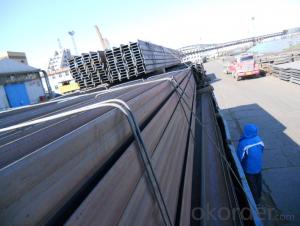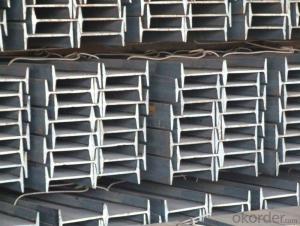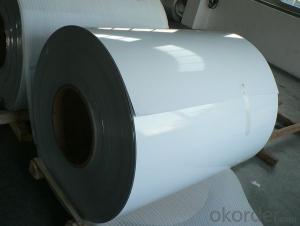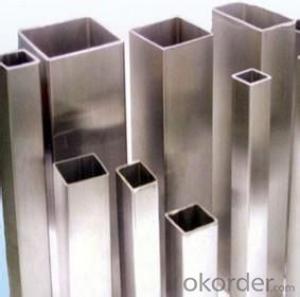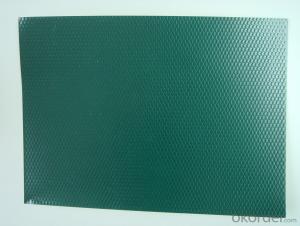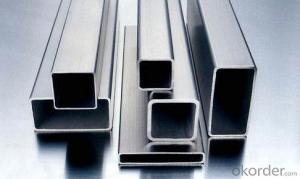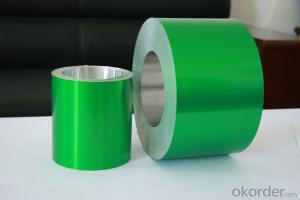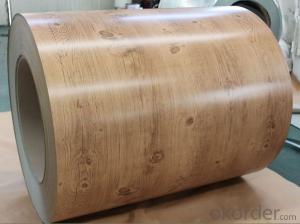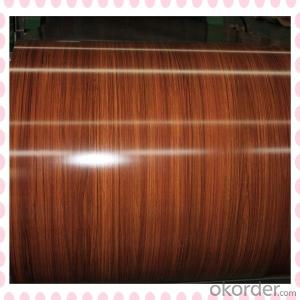Extruded Aluminum I Beam
Extruded Aluminum I Beam Related Searches
Led Light Bulbs For Ceiling Fixtures Led Lamps For Ceiling 42 In Ceiling Fan With Light Aluminum Coil Stock For Gutters Aluminum Foil For The Grill Hole Saw For Aluminum Plate Aluminum Tread Plate For Trailer Bow Plate For Aluminum Boat Aluminum Foil For Grow Room Aluminum Foil For Joint PainHot Searches
Stock Price For Aluminum Aluminum Coil Stock For Sale Aluminum Gutter Coil For Sale Used Aluminum Scaffolding For Sale 1/4 Aluminum Plate For Sale Aluminum Bar Stock For Sale Aluminum Round Stock For Sale Aluminum Diamond Plate For Sale Aluminum Scaffolding For Sale Craigslist 6061 Aluminum Plate For Sale Aluminum Dock Plate For Sale 7075 Aluminum Plate For Sale Aluminum Tread Plate For Sale Aluminum Checker Plate For Sale Aluminum Plate For Sale Near Me Plate Aluminum For Sale Aluminum Plate For Sale Aluminum Square Stock For Sale Aluminum Flat Stock For Sale Billet Aluminum Stock For SaleExtruded Aluminum I Beam Supplier & Manufacturer from China
Okorder.com is a professional Extruded Aluminum I Beam supplier & manufacturer, offers integrated one-stop services including real-time quoting and online cargo tracking. We are funded by CNBM Group, a Fortune 500 enterprise and the largest Extruded Aluminum I Beam firm in China.Hot Products
FAQ
- What is the difference between air conditioning copper tubes and aluminum tubes?
- The copper tube has high heat transfer efficiency, corrosion resistance and good strength, but the price is expensive.The heat transfer efficiency of aluminum pipe is higher, the corrosion resistance is not good, but the price is much cheaper.
- How to handle the surface of the aluminum tube is bright, and will not have any impression after touching it
- Can be anodized by bright aluminum to meet your requirements.
- Aluminum pipes have numerous common applications across various industries. Some of the most common uses include plumbing systems, HVAC (heating, ventilation, and air conditioning) systems, automotive components, aerospace structures, marine equipment, irrigation systems, and construction projects. Aluminum pipes are chosen for their lightweight nature, corrosion resistance, and high strength-to-weight ratio, making them suitable for a wide range of applications.
- Yes, aluminum pipes can be bent or shaped relatively easily due to their malleability and ductility.
- What are the so-called "aluminum tubes" and "copper aluminum tubes" in air conditioners? Is it the pipe in the outer machine, or the connecting pipe between the outside machine and the inner machine?What materials are used in general external machines? For example, Panasonic, Midea, GREE, Haier, Changhong, CHIGO, Galanz, what are these materials used?
- Said is the internal and external machine connecting pipe, in the current, all the air conditioning and internal and external machines are also used in copper pipe, but there are some brands of internal and external machine connecting pipe into aluminum tube
- Which refrigerator, evaporator, aluminum tube?
- Haier certainly is ~ other useless, it is not clear ~!
- To ensure the integrity and reliability of aluminum pipes, there are multiple methods available for pressure testing. These methods can vary depending on factors like the pipe's application, size, material thickness, and industry standards. It is essential to consult experts or refer to industry codes and regulations to determine the most suitable testing method for a specific situation. One commonly used technique is hydrostatic testing. This method involves filling the aluminum pipe with water or another liquid and pressurizing it to a predetermined level. The pipe is then inspected for leaks or any abnormal behavior under pressure. Hydrostatic testing is a straightforward, cost-effective method that yields accurate results. Alternatively, pneumatic testing can be employed. Instead of using liquid, air or inert gas is used to pressurize the aluminum pipe. The pipe is sealed, and the pressure is gradually increased until the desired test pressure is reached. Any leaks or deformations are then examined. Pneumatic testing is particularly useful when water or other liquids could be harmful to the pipe material. Ultrasonic testing is a non-destructive method that utilizes ultrasonic waves to detect flaws or defects in the aluminum pipe. Transducers are employed to transmit and receive these waves, and changes in their characteristics indicate the presence of defects. This type of testing can be conducted without applying pressure to the pipe. Magnetic particle testing, on the other hand, is specifically designed to identify surface cracks or defects in aluminum pipes. By creating a magnetic field around the pipe and applying finely divided magnetic particles to the surface, any surface defects will attract the particles, making them visible for inspection. Radiographic testing involves using X-rays or gamma rays to examine the internal structure of aluminum pipes. The pipe is exposed to these rays, and the resulting image is analyzed for any defects or abnormalities. While radiographic testing is highly accurate, it requires specialized equipment and trained personnel. In summary, there are several pressure testing methods available for aluminum pipes, including hydrostatic testing, pneumatic testing, ultrasonic testing, magnetic particle testing, and radiographic testing. The selection of the appropriate method depends on various factors, and seeking guidance from experts or referring to industry codes and regulations is crucial for determining the most suitable testing method for a specific situation.
- Yes, aluminum pipes are suitable for pulp and paper processing. Aluminum is a corrosion-resistant material that can withstand the harsh chemicals and conditions commonly found in the pulp and paper industry. It is also lightweight, making it easier to handle and install. Additionally, aluminum pipes offer good thermal conductivity, ensuring efficient heat transfer in various processing applications.













